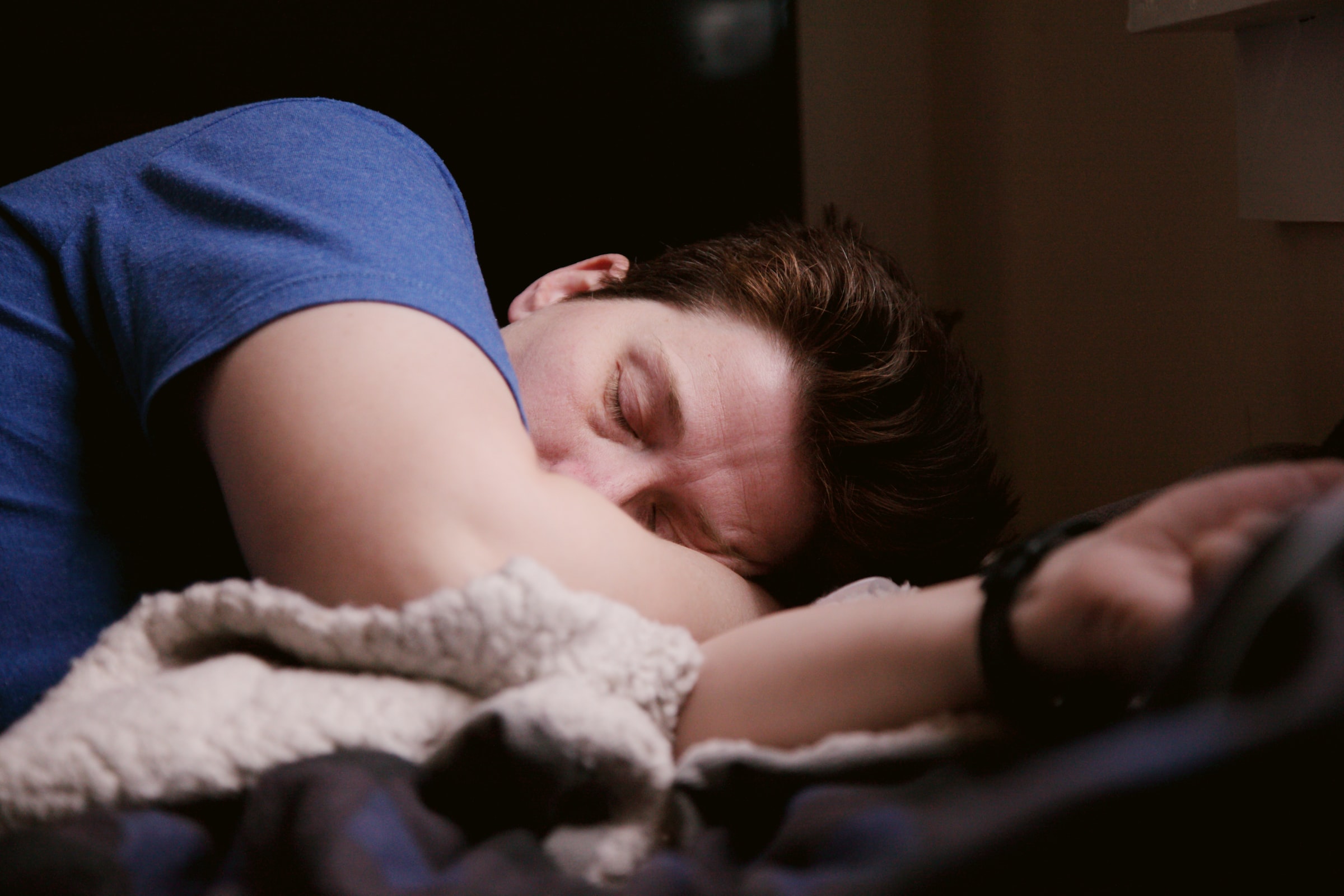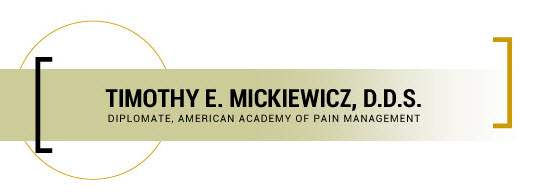
Medical science is constantly evolving. And is this is especially true in the realm of sleep medicine. Sleep apnea, one of the most common sleep disorders, was only discovered in 1965. A less common condition, REM Sleep Behavior Disorder, wasn’t reported and studied until 1982! And in the last few decades, exciting new treatments and diagnostic tools have made for more effective sleep disorders treatment.
Dr. Timothy E. Mickiewicz not only stays up-to-date on the latest research. He is proud to be a pioneer in the realm of sleep medicine and its integration into dentistry. Building a network of passionate and dedicated medical professionals, he offers effective, state-of-the-art treatment that transforms his patients’ lives.
If you are struggling with sleep apnea or related sleep disorders, it’s time to find lasting relief. Contact our Sacramento, CA, office today to schedule your first evaluation.
Philips Issues Recall for CPAP Machines and Other Medical Devices
For years, CPAP (or Continuous Positive Airway Pressure) machines have been the most common treatment for obstructive sleep apnea. Sleep apnea causes your airways to close off while you are asleep, often due to drooping tissues in the mouth and/or throat. CPAP machines emit a steady stream of air through a facial mask. The airflow keeps the throat open and prevents constant sleep interruptions.
But in June 2021, Philips issued a recall for specific ventilators, CPAP machines, and biPAP machines. The manufacturer stated that the polyester-based polyurethane foam used in the machines can break down into tiny particles, which may be inhaled while the device is in use. For most patients, this defect is merely a health hazard. But the FDA has received 346 reports of death due to foam deterioration. 82 of these reports came in November and December of 2022 alone.
The unnecessary deaths of these patients is tragic. If the news makes you understandably nervous about using CPAP, alternative treatments exist. Dr. Mickiewicz uses mandibular adjustment devices (or MADs) to treat sleep apnea. These small, custom-made appliances fit in the mouth and gently realign the jaw to tighten the soft palate and other tissues. Not only do mandibular adjustment devices avoid the safety issues associated with Philips CPAP. They are also much more comfortable, convenient, discreet, and easy to care for.
FDA Approves New At-Home Test for Sleep Apnea
In the past, the only way to receive a definitive sleep apnea diagnosis was by going to a sleep clinic, where you would be monitored overnight. At-home sleep tests have existed for quite a while now. But the newest test takes into account the integral connection between jaw position and sleep apnea – a connection Dr. Mickiewicz and like-minded practitioners have been championing for years.
The test, manufactured by Sunrise, uses a sensor placed on the chin to track jaw movements. Data uploads to an app, where it is analyzed by AI technology. This data also transfers to a secure online portal, where it can be accessed by doctors. The Sunrise device is innovative because it includes the important component of jaw movement. It also allows doctors to monitor sleep over more than one night, enabling them to gather more comprehensive data.
Rapid Eye Movement Sleep Behavior Disorder
Typically, when you enter the REM (Rapid Eye Movement) stage of sleep, your body experiences atonia, a normal state of sleep paralysis. While your eyes are active and your brain is busy in the world of dreams, your body remains safely tucked in bed. But for patients with REM Sleep Behavior Disorder (RBD), their bodies do not enter atonia. As a result, they act out their dreams, talking, shouting, thrashing, and even getting out of bed and moving around. In severe cases, REM Sleep Behavior Disorder can result in injury to the patients or to their partners.
REM Sleep Behavior Disorder is less common than other sleep disorders, affecting only about 1% of the population. But diagnosis and treatment is important, especially since it can be an indicator of future Parkinson’s disease. In fact, according to one study, 81% of men over 50 with REM sleep disorder developed Parkinson’s disease, Lewy body dementia, or muscle atrophy within the next 16 years. (38% did so within 13 years.)
New Guidelines Released for the Treatment of RBD
Because this condition was only discovered about 40 years ago, treatment is still in development. Recently, however, the American Academy of Sleep Medicine released new guidelines for the treatment of REM Sleep Behavior Disorder. These guidelines use data gathered in recent clinical trials. Previously, treatment protocol had not been updated since 2010.
Treatment for RBD varies, depending on the underlying cause of the condition. For patients with isolated RBD, meaning the sleep disorder is not related to another health condition, treatments could include:
- Clonazepam
- Immediate-release melatonin
- Pramipexole
- Transdermal rivastigmine (for patients with mild cognitive impairment)
For patients with other health conditions, similar treatments are recommended. However, the AASM states clearly that clinicians should not employ deep brain stimulation.
In some cases, RBD can be drug-induced. For these patients, the AASM recommends drug discontinuation.
All treatment recommendations are conditional. This means that doctors should personalize their treatments for each patient. Rather than a one-size-fits-all approach, clinicians should consider overall health history, underlying conditions, and a patient’s personal values when determining the best course of action for sleep disorders.
The AASM also provides guidance to help reduce the risk of injury to patients and their partners during an episode of RBD. Suggestions include:
- Removing furniture with sharp edges or padding the corners
- Moving bedside objects that could cause injury
- Adding a soft rug or padding by the bed in case of nighttime falls
In severe cases, patients should sleep separately from their partners to reduce the risk of injury to loved ones.
Contact Dr. Mickiewicz for State-of-the-Art Sleep Disorders Treatment
Dr. Mickiewicz combines innovative treatment methods with compassionate and personalized care. If you suffer from one or more sleep disorders, contact our Sacramento, CA, office to make an appointment.
Fill out our appointment request form online or give us a call at 916-469-9178.


